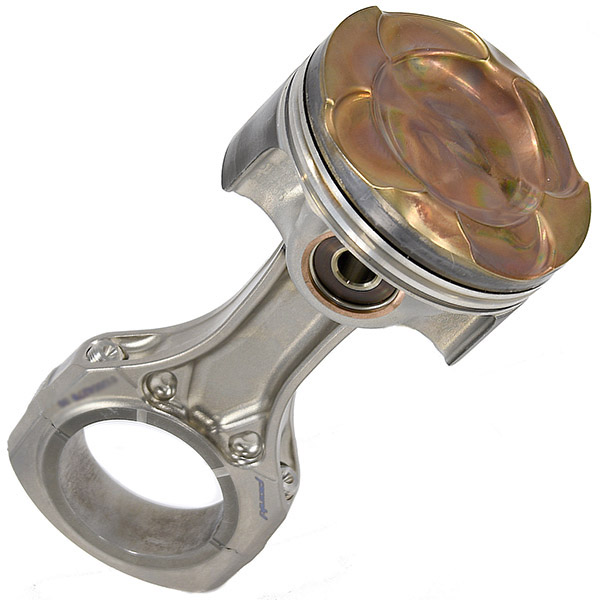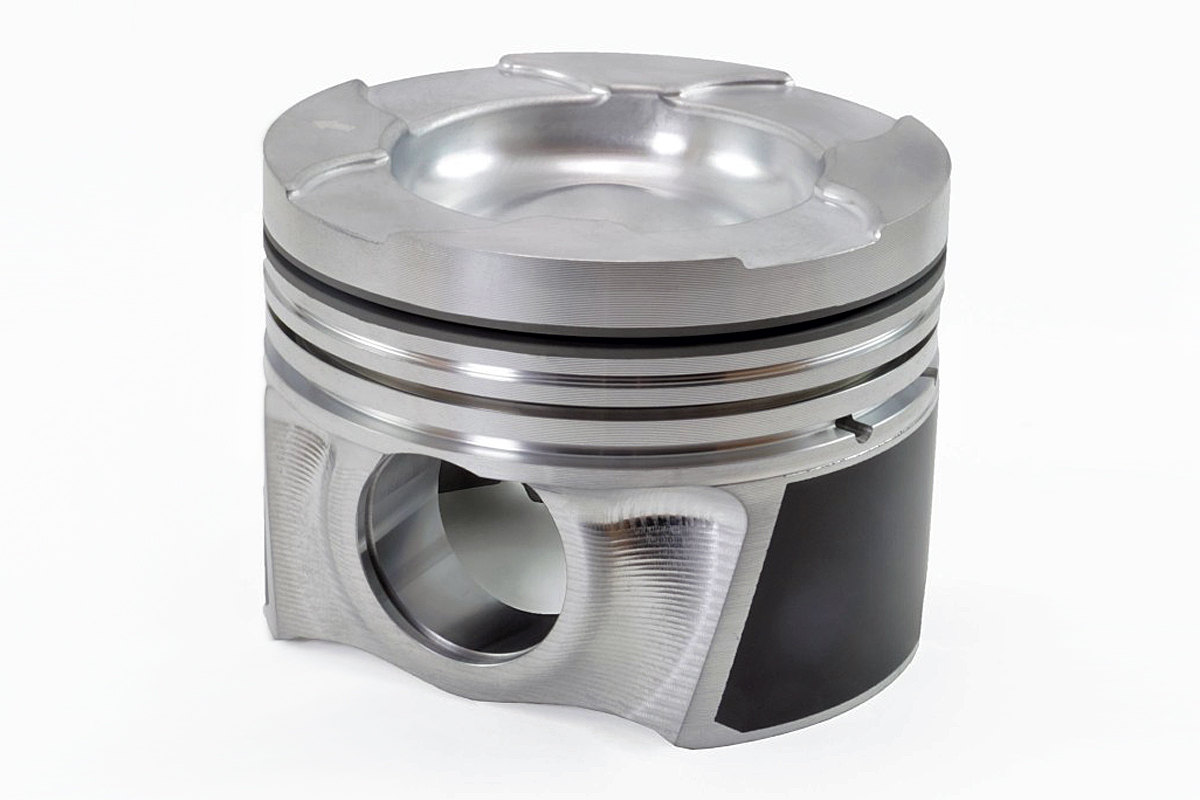gruntguru wrote: ↑21 Apr 2022, 06:24
vorticism wrote: ↑21 Apr 2022, 01:34
gruntguru wrote: ↑20 Apr 2022, 23:34
The more important benefit of rapid combustion is getting the charge combusted as soon after TDC as possible. Combustion that occurs later in the stroke has less ability to contribute to pushing the piston down.
In the vid he said delayed or slow combustion (iirc) contributes to knocking, but this did not make sense to me. I thought knocking was more about premature or too quick (detonation) combustion. Do you know what he meant?
Knocking occurs when the last bit of unburned charge gets hot enough to all ignite (almost) simultaneously. Slow combustion makes knock more likely because there is more time for the radiation from the flame to heat the "end gas" (unburnt remaining charge).
This.
To piggy back, when this happens it produces a spike in pressure that wrecks pistons (typically between the face and the too ring land), and / or the top ring, and / or main / rod bearings, etc.
A big part of modern engine design is about building in knock resistance by having very big focus on tumble strength and preservation beyond IVC.


